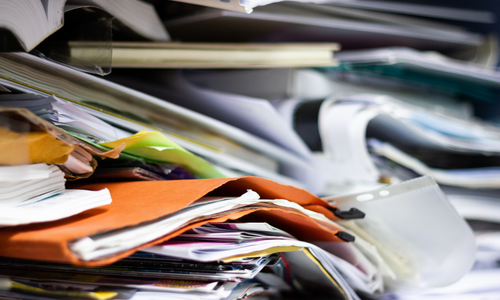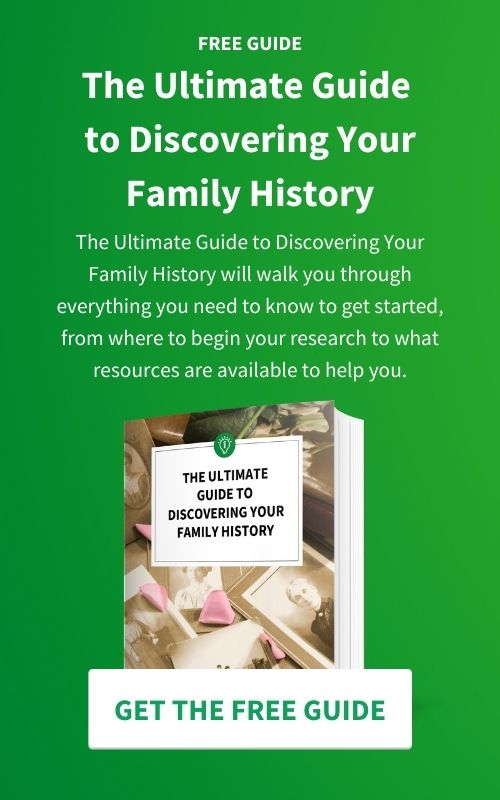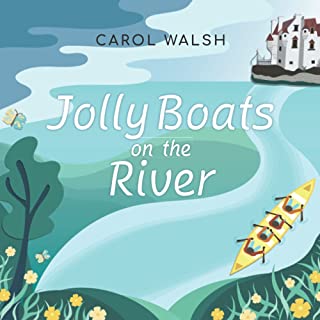How to Care for Your Documents
Every genealogist knows the importance of preserving documents. After all, these documents are the key to unlocking our family history. But what is the best way to care for them?
There are a few simple things you can do to ensure that your documents will be around for generations to come. First, always store them in a cool, dry place. Second, if possible, keep them in an acid-free environment. Third, avoid handling them too much, as this can cause them to deteriorate.
In this article, we will be discussing some of the best ways to care for your documents. By following these simple tips, you can be sure that your documents will be around for years to come.
Keep Documents in a Cool, Dry Place
One of the most important things you can do to preserve your documents is to keep them in a cool, dry place. Heat and humidity can cause the paper to warp, fade, or become brittle over time. If possible, store your documents in a temperature-controlled environment such as a basement or closet that doesn’t get too hot or humid.
If you don’t have access to a temperature-controlled space, there are still some things you can do to help prolong the life of your documents. Avoid storing them near heat sources like radiators or vents, and try to keep them out of direct sunlight which can also cause fading. You might also consider investing in an airtight container with desiccant packets (which absorb moisture) to help protect against extreme conditions.
With just a little bit of care, you can ensure that your precious documents will be around for generations to come!
Handle Documents Gently
When you're handling documents, be sure to handle them gently. This will help prevent any damage or wear and tear on the document. If possible, use gloves when handling documents so that your skin doesn't come into contact with the paper.
Be careful when folding or unfolding documents as well – too much force can cause tearing or creasing. When scanning or photocopying documents, place them on a flat surface so that they don't get wrinkled in the process.
If you're storing documents for long periods of time, be sure to put them in an acid-free environment such as a storage box lined with acid-free tissue paper. This will help preserve the integrity of the document and keep it looking its best over time.
Use Archival-Quality Materials
If you're serious about preserving your documents, it's important to use archival-quality materials. This means using acid-free paper, storage boxes and folders made of inert materials like polyester or polypropylene, and avoiding common household contaminants like plastic wrap, rubber bands, and adhesives.
When selecting a storage container for your documents, make sure that it is big enough to accommodate the document without damaging it when closed. Boxes that are too small can cause creases or folds in the document; those that are too large leave room for movement inside the box which can lead to abrasion damage. If possible, choose a box with removable dividers so you can customize the fit for each individual document.
Finally, be sure to label all of your containers clearly and accurately. You'll want to include not only what type of document is stored inside but also any other relevant information such as dates or event names. This will save you time and frustration later on when you're trying to find a specific piece of paperwork!
Store Documents Flat
If you're a genealogist, chances are you have a lot of documents. And if you want to keep those documents in good condition, it's important to store them properly. One of the best ways to do this is by storing them flat.
Here are some tips for storing your documents flat:
- Use acid-free and lignin-free materials whenever possible.
This includes storage boxes, folders, and backing boards. Acid and lignin can cause yellowing and brittleness over time, so it's best to avoid them if you can help it. - Avoid using rubber bands or tape on your documents.
These can also cause damage over time. - Place your document in a plastic sleeve before putting it into a storage folder or box.
- If stacking multiple items, use interleaving sheets between each item. Interleaving sheets are made of inert material that won't react with the paper.
- Store your documents in a cool, dark place. Heat and light can also cause damage.
- Sunlight and fluorescent light can damage documents, causing them to fade or become brittle over time.
- Store documents in a cool, dark place away from direct light exposure; and
- Consider using archival-quality storage materials such as acid-free boxes and tissue paper for long-term protection.
Conclusion
To keep your documents in good condition, it is important to store them in a cool, dry place to prevent them from becoming damaged by heat or moisture.
Avoid creasing or folding them, and do not use any type of adhesive on them. You may even choose to use white archival gloves to protect the document from your natural body oils.
It is important to use archival-quality materials. This will help to protect them from becoming damaged over time and it is important to store them flat. This will help to prevent them from becoming creased or folded.
To keep your documents in good condition, it is also important to protect them from light. Store them in a dark place or cover them with a cloth when you are not using them.
By following these simple tips, you can help to ensure that your documents will be preserved for many years to come. To explore more insights on preserving family history, check out these related blogs.
If you are interested in getting started on preserving your own family's history, we've got a great free template to help get you organized. Click the Get the Free Guide button below to download your copy.

Article by Carol Walsh
Carol Walsh is the CEO of Creative Roots, a professional genealogy company. She has a passion for preserving family history and storytelling. Carol's research methodology centers around fact-finding and publishing in a format that readers can use to preserve the stories. Her ultimate goal is to help families connect with their past and each other.






